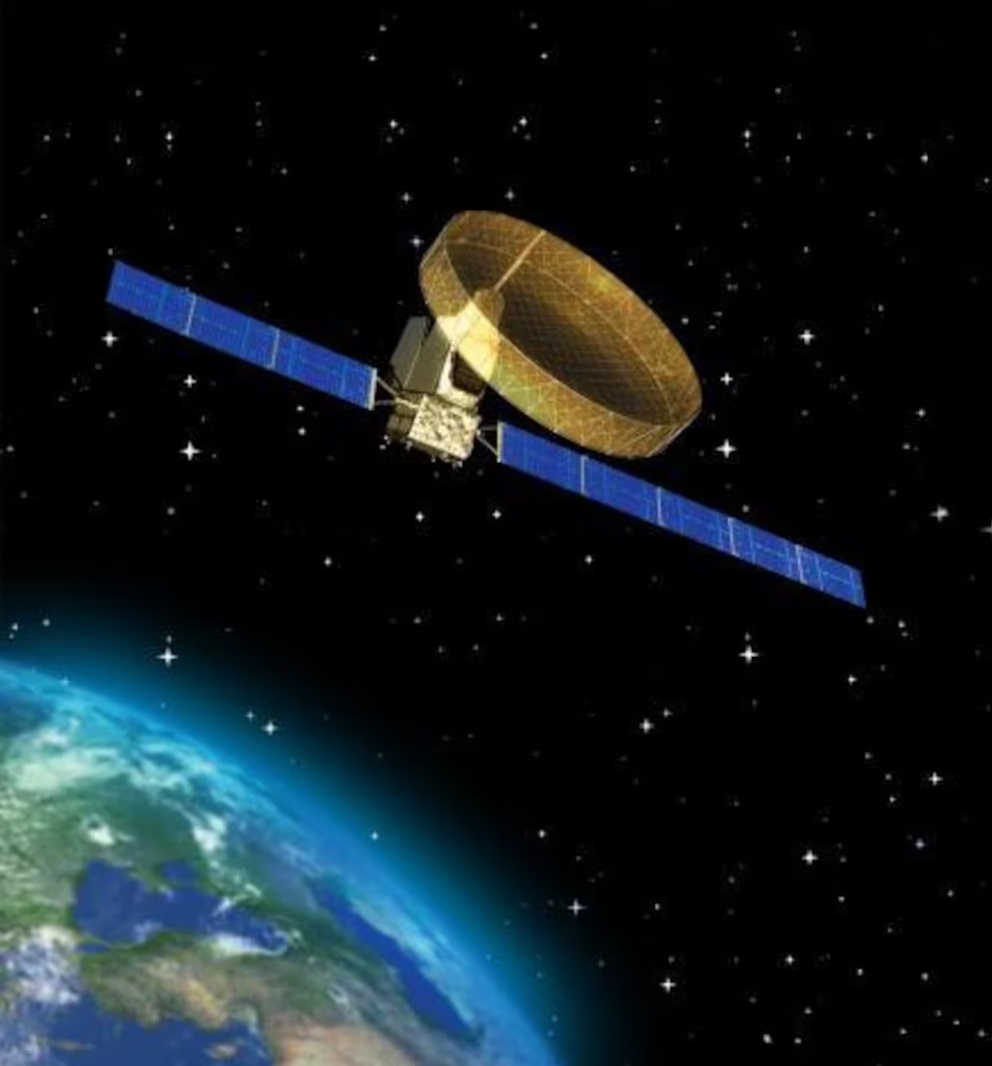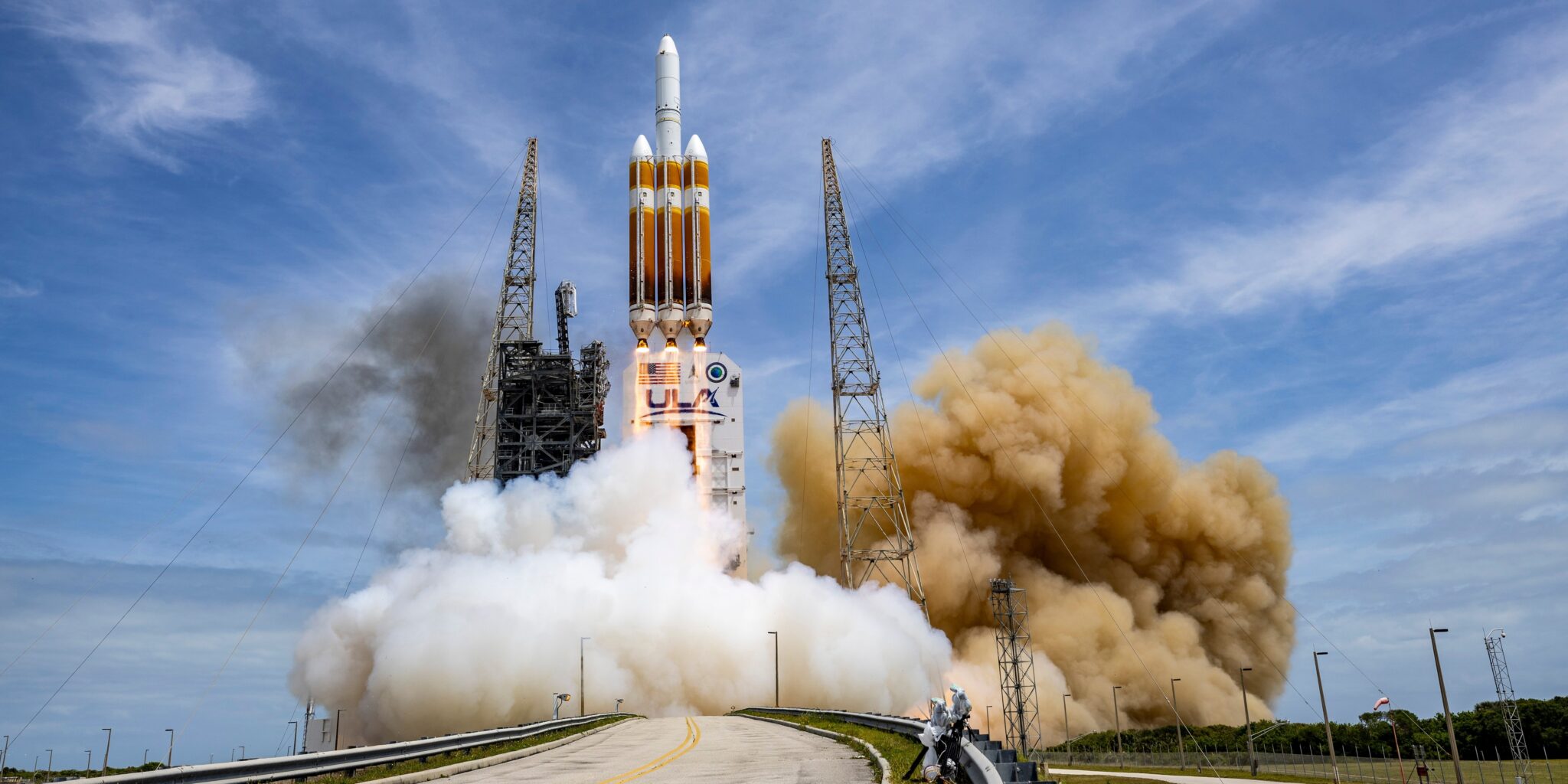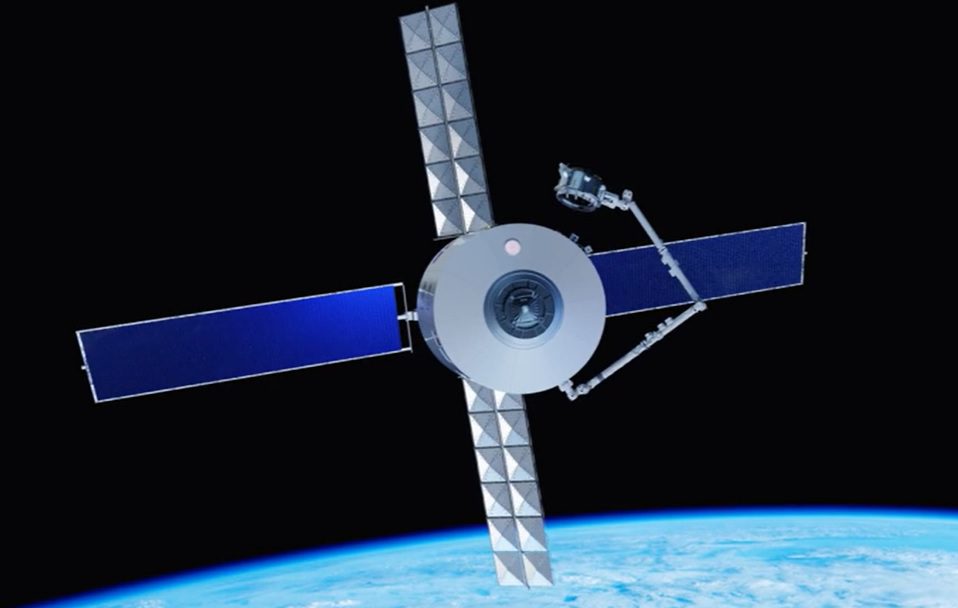It is, of course, posterity that gets the final say on whether a U.S. President was any good or not, but as he leaves office we can, at least, make a preliminary comparison of President Barack Obama’s record against that of his immediate predecessor, George W. Bush.
For despite some major policy failures on Syria and failing to prevent Russia’s beligerant expansionism (especially in Ukraine), overall President Obama has gained praise for many achievements, not least in overseeing the recovery of the US economy and budget control (after the Bush era’s disasters).
He has also been lauded for extricating USA from wars in Afghanistan and Iraq started in the Bush era, and ending the use of torture against suspected terrorists. And while IS became a feared terrorist force in Iraq and Syria, at least Osama Bin Laden, the leader of its Al Qaeda predecessor and mastermind of the “911” attacks on USA, was killed by US special forces on Obama’s watch.
Obama also gained plaudits for brokering an end to Iran’s nuclear weapons programme (something that the Bush administration singularly failed to achieve with North Korea), and beginning a new rapprochement with Cuba. Under Obama, the USA even belatedly joined the rest of the UN Security Council in opposing Israel’s “illegal” settlement building.
And finally, while some decried his “Obamacare” system, President Obama did gain some praise for, at least, attempting to improve healthcare for the poor.
So that is all the other stuff…but what about Space?
While Barak Obama professed to be a fan of the 1960s science fiction TV adventure series Star Trek compared to other issues, Obama seemed to have little time for space. Obama had much of his space policy forced upon him – and probably for the good of all.
Commercial delivery to LEO is king (if sometimes delayed)
Though recent delays to the commercial crew element of the current NASA plan, has taken some of the shine off using commercial entities to launch cargo and crew to low Earth orbit on a contracted basis, overall the programme has been a success. However, Obama cannot take the credit for this as it was George W. Bush who started this programme. Nevertheless, there has been a long delay in between the retirement of the Space Shuttle in 2011 and the projected first manned flight, with USA having to pay top dollar for Russian Soyuz rides to the International Space Station. It truth, the space shuttle was prematurely retired by George W. Bush before the commercial systems were ready.
While “safety” was disingenuously cited as the reason (mature systems like the Shuttle tend to be safer than new launch systems), it was really the Space Shuttle’s very high fixed costs (US$3 billion per year) which caused its demise. At the time NASA had to end the Space Shuttle in order to fund its planned Project Constellation and its Ares I and V launch vehicles.
Obama cancels Project Constellation but is forced to build SLS – but where to go with it?
Under the cover of a recommendation from the Augustine commission, which realised that it was unaffordable under the timeline considered, Project Constellation was cancelled by Obama. However, there was dissent from some quarters including former Apollo moonwalking (now deceased) astronauts (and American heroes), Neil Armstrong and Gene Cernan, who complained that NASA would still be left in low Earth orbit and unable to explore further for decades to come.
This revolt, combined with the “pork barrel” politics of having NASA space hardware built and operated in certain states, resulted in the US Senate forcing Obama and his NASA Administrator Charles Bolden to move forward with a replacement “shuttle derived” heavy lift launch vehicle. After a cheaper if more limited Sidemount was discarded, eventually an inline design was chosen which became the SLS. This, and the Orion crew capsule (the one piece of Project Constellation to survive) have been very expensive to develop. However, they are now well on the way to fruition.
Up until recently, NASA was insistent on NOT going back to the Moon, a relatively easy exercise, favouring instead a much vaguer plan to develop technologies to go to Mars, including a bizarre project to recover part of an asteroid to a cis-lunar orbit. In a way, this was a time-delaying cover for the fact that it could only really afford to build one or two bits of the hardware it need for long range exploration at a time. So a lunar lander would have to wait even if NASA wanted to land back on the Moon. As it is, while it now does at least consider moon landings, NASA still does not want to have to much of its “Mission to Mars” finances being channelled away into building and operating an expensive lunar base.
NASA info shows recent Global warming trend – but what causes it?
The Obama administration did, at least, spend more money on satellites to monitor the global environment and especially its temperatures (something that Bush cut for political reasons) – with the results from this move, at least, putting global warming deniers on the back foot (albeit that they now question what the underlying cause of this warming is). Obama did commit to reducing greenhouse gas emissions.
While it had to cope with a Bush induced flight hiatus in home operated manned spaceflights, at the end of this long period, at least USA can look forward to a new era in manned spaceflight.
But the Obama administration can try to take some credit for at least putting the USA in a good position to mount such long range exploration missions, including a possible return mission to the Moon, this would not be fair as most of these decisions were actually forced upon Obama. If Obama had been left to do what he wanted to do, the US space programme would have been in a much worse state.
Seradata’s overall ratings: Obama 6/10 (4/10 for space) Bush 3/10 (5/10 for space)
One final thing: give the man a chance
While new President Donald Trump might have said some foolish, and downright deliberately insulting, things during his presidential campaign, it is actions, not words that count. Likewise, sometimes it is better to have someone competent in charge over someone nice. As it was Trump was elected because he was different. Well that, and because of working class resentment against globalisation, immigration and against the politically correct establishment in general. So let us give Donald Trump a chance at least before we judge him.
The newly inaugurated president will have his work cut out as he considers what to do about Chinese and Russian expansionism, North Korea’s plan to fit nuclear weapons into a submarine launch missile system, what to put in place instead of “Obamacare”, how to create more jobs and prosperity, and finally, what to do about the US Space Programme. Good luck to Donald with all that!
On the space programme we recommend him to:
1. Increase production and launch facilities so that the SLS can be flown more often. Start production of advanced booster ahead of any new upper stage.
2. Commit to building a reusable manned lunar landing craft for initial explorations to be used in conjunction with eventual lunar orbiting space station.
3. Offer to fund SpaceX plan for Mars Landing on condition that initial exploration is done under NASA banner.
4. Cancel commercial funding of SpaceX Crew Dragon to fund manned commercial flights using Sierra Nevada Dream Chaser instead.
5. Fund production of air breathing rocket Skylon launch vehicle of Reaction Engines (this writer is a small shareholder).
6. Accept that global warming exists and that it is probably man-related and stick with Obama Administration’s agreed reductions of greenhouse gas emissions.








